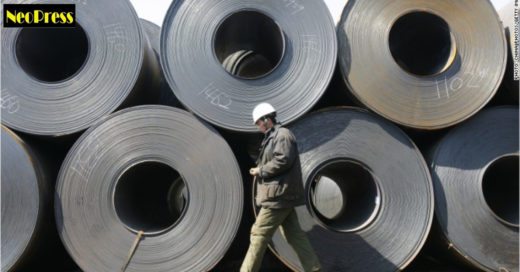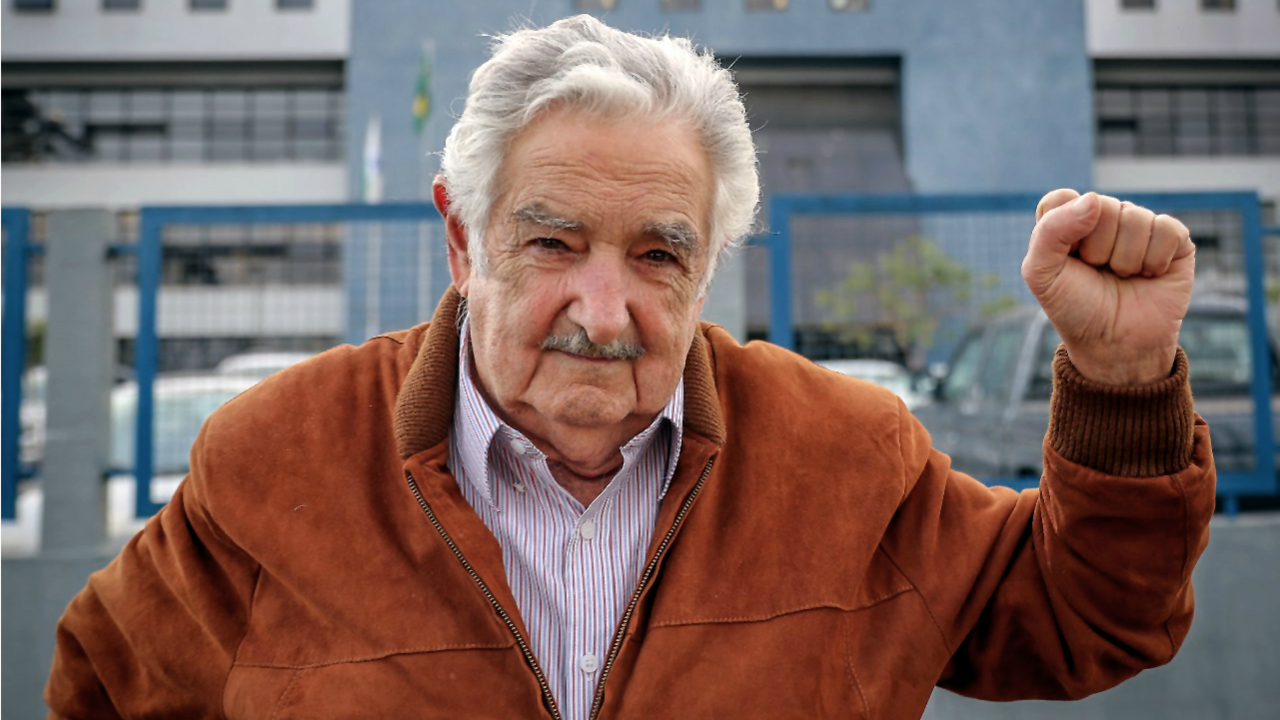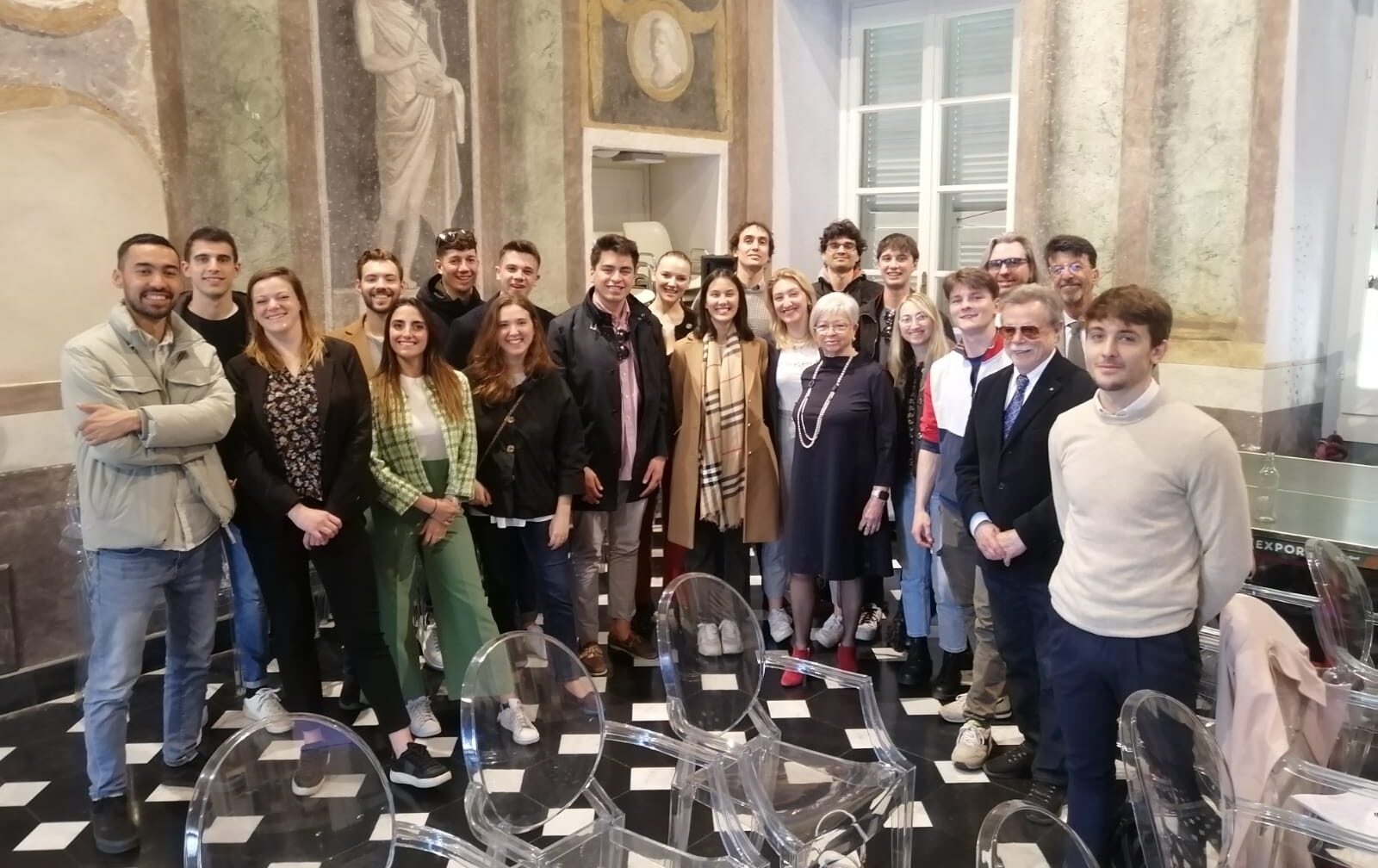Eramet's EraLow: A Breakthrough In Steel Decarbonization

Table of Contents
Understanding Eramet's eraLow Process
Eramet's eraLow process represents a significant leap forward in steelmaking, offering a pathway to dramatically reduce the carbon footprint of steel production. This innovative approach leverages the strategic use of manganese alloys within electric arc furnaces (EAFs) to significantly lower CO2 emissions compared to traditional blast furnace methods. The core principle lies in optimizing the metallurgical processes within the EAF to enhance efficiency and minimize the need for high-carbon inputs.
-
Key Technological Advancements: eraLow integrates advanced alloying techniques and precise process control, optimizing the use of manganese alloys to reduce the overall carbon intensity of the steel produced. This involves carefully managing the chemical reactions within the EAF to maximize the efficiency of the reduction process.
-
Role of Manganese Alloys: Manganese alloys are crucial to eraLow's success. They act as powerful reducing agents, replacing some of the carbon typically used in traditional methods. This substitution directly translates into a substantial reduction in CO2 emissions during the steelmaking process.
-
Integration with Electric Arc Furnaces (EAFs): Eramet's eraLow process is designed for seamless integration with existing EAF infrastructure. This makes the transition to lower-carbon steel production more accessible and cost-effective for steelmakers already utilizing EAFs. This adaptability minimizes disruption to existing production lines.
-
Carbon Footprint Comparison: While precise figures may vary depending on specific production parameters, Eramet's research indicates that eraLow achieves a substantial reduction in CO2 emissions compared to traditional blast furnace methods—a reduction that can reach up to several tens of percentage points, depending on the specific application. This represents a substantial contribution to minimizing the steel industry's environmental impact.
Environmental Benefits of eraLow
The environmental advantages of adopting eraLow technology are substantial and far-reaching. By significantly reducing greenhouse gas emissions, eraLow contributes directly to climate change mitigation efforts. The process helps steelmakers meet increasingly stringent environmental regulations and demonstrates a commitment to sustainability.
-
CO2 Emission Reduction: EraLow facilitates a significant percentage reduction in CO2 emissions during steel production, contributing substantially to a lower overall carbon footprint for the steel industry. This translates into a demonstrable improvement in environmental performance.
-
Climate Change Mitigation: The substantial CO2 emission reductions achieved through eraLow directly contribute towards meeting the ambitious targets set by the Paris Agreement and other international climate change initiatives.
-
Circular Economy Support: Eramet's eraLow process encourages the integration of recycled materials and promotes a more circular economy model within the steel industry. By reducing the demand for newly mined raw materials, eraLow minimizes the environmental impact associated with extraction and transportation.
-
Certifications and Awards: The environmental performance of eraLow is increasingly recognized through certifications and industry awards that highlight its contribution to sustainable steel production. These accolades validate the technology's effectiveness and demonstrate Eramet's commitment to environmental responsibility.
Economic Advantages and Market Opportunities for eraLow
Beyond its environmental benefits, eraLow offers compelling economic advantages for steel producers. The process's cost-effectiveness, coupled with the growing market demand for sustainable steel, creates significant market opportunities.
-
Cost Advantages: While initial investment may be required, eraLow offers potential cost savings in the long run due to the reduced need for high-carbon inputs and improved process efficiency. This enhances the overall economic viability of sustainable steel production.
-
Green Steel Market Demand: The global market for low-carbon and green steel is expanding rapidly. Consumers, businesses, and governments increasingly demand sustainable products, creating a strong market demand for steel produced with technologies like eraLow.
-
Competitive Advantage: Steel producers adopting eraLow gain a significant competitive advantage, positioning themselves as leaders in sustainable steel production. This attracts environmentally conscious customers and enhances their brand reputation.
-
Government Incentives: Many governments are actively promoting the adoption of green steel technologies through various incentives, including subsidies, tax breaks, and regulatory support. This creates a favorable economic climate for the deployment of eraLow.
Collaboration and Partnerships in eraLow Deployment
Eramet's success in developing and deploying eraLow technology stems from a strong commitment to collaboration and partnerships. The company actively works with key players across the steel industry supply chain to facilitate the wider adoption of this innovative process.
-
Key Partners: Eramet collaborates with various organizations, including steel producers, research institutions, and technology providers, to advance the development and deployment of eraLow. This collaborative ecosystem is essential to ensure the successful integration of the technology across the industry.
-
Technology Transfer Strategies: Eramet actively supports technology transfer initiatives to facilitate the widespread adoption of eraLow by steelmakers worldwide. This includes training, technical assistance, and knowledge sharing programs.
-
Sustainable Development Collaboration: The collaborative approach to deploying eraLow reflects a broader industry commitment to sustainable development. This collective effort is vital to transforming the steel industry into a more environmentally responsible sector.
Conclusion
Eramet's eraLow process represents a significant advancement in steel decarbonization, offering a pathway towards more sustainable and environmentally responsible steel production. The technology promises both environmental benefits—substantial CO2 emission reductions—and economic advantages, including cost savings and access to the growing green steel market. It is driving the transition to a greener future for the steel industry, positioning early adopters for a competitive edge and demonstrating a commitment to a more sustainable future. Learn more about Eramet's commitment to sustainable steel production and the transformative power of eraLow. Explore the possibilities of incorporating eraLow technology into your own steelmaking processes to reduce your carbon footprint and contribute to a more sustainable future. Contact Eramet today to discuss how eraLow can help you achieve your decarbonization goals.

Featured Posts
-
 Jose Mujica El Legado Del Expresidente Uruguayo Que Transformo Su Pais
May 14, 2025
Jose Mujica El Legado Del Expresidente Uruguayo Que Transformo Su Pais
May 14, 2025 -
 Il Futuro Del Festival Di Sanremo Bucci E Il Ruolo Della Regione Liguria
May 14, 2025
Il Futuro Del Festival Di Sanremo Bucci E Il Ruolo Della Regione Liguria
May 14, 2025 -
 Manchester United Transfer Target Is Amorims Star Player The Next Solskjaer Gamble
May 14, 2025
Manchester United Transfer Target Is Amorims Star Player The Next Solskjaer Gamble
May 14, 2025 -
 Palazzo Roverizio Sanremo Conferenza Con L Ammiraglio Telmon Venerdi Prossimo
May 14, 2025
Palazzo Roverizio Sanremo Conferenza Con L Ammiraglio Telmon Venerdi Prossimo
May 14, 2025 -
 Tommy Fury Challenges Jake Paul To A Rematch Hours After Denying It
May 14, 2025
Tommy Fury Challenges Jake Paul To A Rematch Hours After Denying It
May 14, 2025
